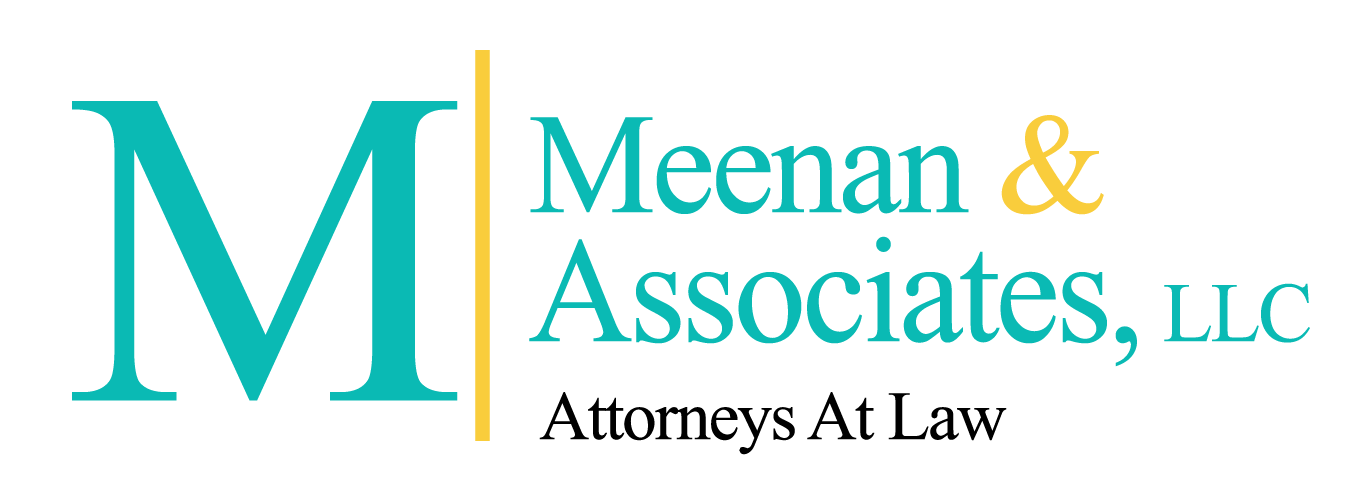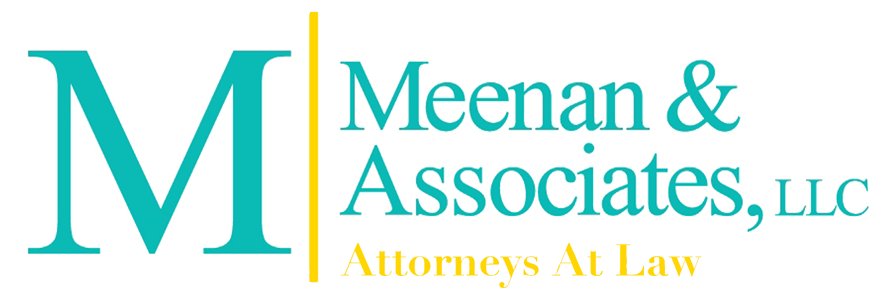Medicaid asset protection trusts (MAPTs) are a useful Medicaid eligibility planning tool to allow individuals with countable assets over the Medicaid limit to qualify for Medicaid long-term care coverage. A properly drafted and funded MAPT allows individuals otherwise ineligible for Medicaid long-term care because of excess assets to become eligible for Medicaid, without exhausting their lifetime savings on long-term care. MAPTs can provide for the protection of exempt and non-exempt assets for family members of a Medicaid applicant/recipient.
Who can benefit from a MAPT?
- Individuals with non-exempt assets in excess of the Medicaid eligibility levels who wish to become eligible for Medicaid, and/or to protect those assets for family members.
- Individuals with exempt assets, such as a primary home, that they wish to protect for family members.
- Individuals with excess income generated by assets, such as rental residential or commercial property, who wish to become eligible for Medicaid. A MAPT can be an additional planning tool for such income, as the MAPT can restrict the payment of trust income to the creator of the trust (the Grantor).
In NY, Medicaid has the right to recover against the probate estate, i.e., property passing under a will/laws of intestacy, of a deceased individual who received Medicaid benefits during his or her lifetime. However, in NY, Medicaid does not pursue estate recovery against assets passing outside of an estate, such as assets passing under a trust. Medicaid can also place a lien on exempt real property of Medicaid recipients for the cost of care paid by Medicaid, in certain circumstances, including during the recipient’s lifetime. Transfer of ownership of such property from an individual to a MAPT can protect against the Medicaid lien.
A MAPT is usually not appropriate for individuals who imminently need skilled nursing home care, because of the five-year look-back period for nursing home Medicaid and the penalty period Medicaid imposes for uncompensated transfers made during that period. Transfers to a MAPT are for zero consideration, and, thus, generally are uncompensated transfers subject to the penalty period if the transfers were made within the look-back period for nursing home Medicaid. In addition, a MAPT may not be appropriate for individuals who may need skilled nursing home care within five years and do not have sufficient assets to private pay, or long-term care insurance to pay, for long-term care for five years.
The basic legal requirements for a MAPT to be effective for Medicaid eligibility and asset protection are as follows:
- A written trust document that is properly executed by the Grantor and the Trustee AND;
- Contains at least one Creator (Grantor) and one Trustee;
- Does not provide that Grantor or his/her Spouse have access to any of the principal in the trust;
- Is irrevocable; and
- Contains provisions for how Trustees are to treat trust income and principal during Grantor’s lifetime, and for the disposition of trust property upon death of Grantor.
It is well-established in NY that Article 81 guardianship courts have the authority to grant guardians specific powers to undertake Medicaid planning. A MAPT can be a helpful planning tool for guardians to incapacitated individuals who have a spouse residing in the community, and/or children for whom they wish to protect their assets. The guardian must make an application to the guardianship court to approve the creation of a MAPT and the proposed asset transfers, pursuant to Mental Hygiene Law Section 81.21(b).


